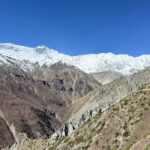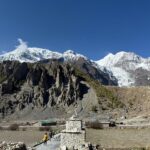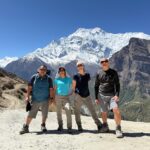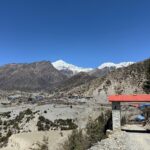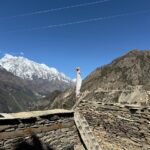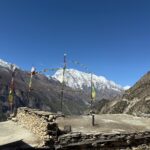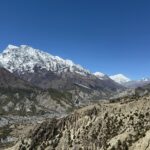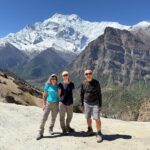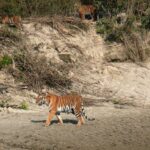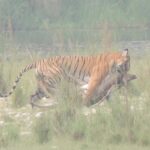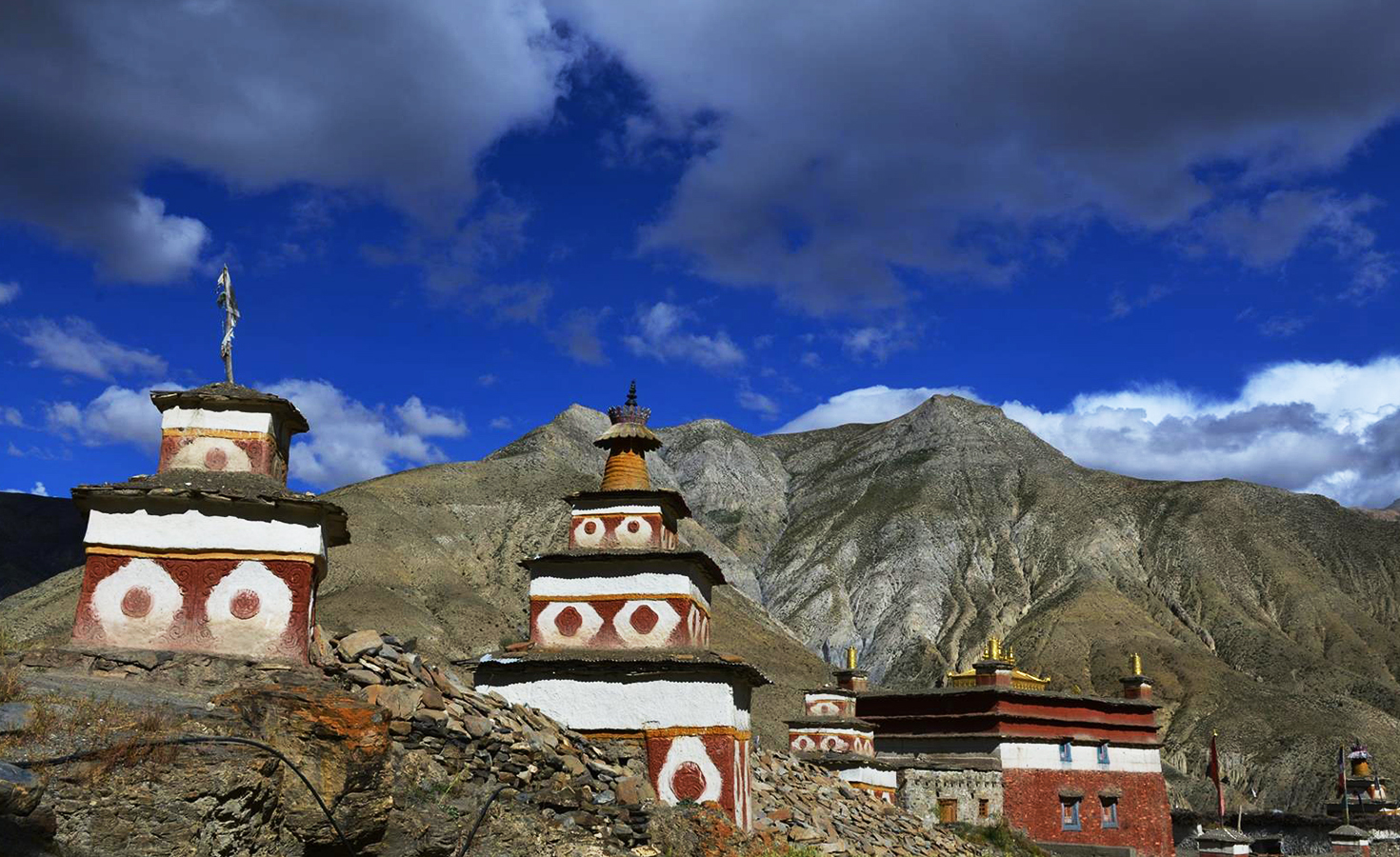
Nar Phu Valley & Kangla Pass: A Trek Through Nepal’s Hidden Himalayan Treasures
Nar Phu Valley & Kangla Pass: A Trek Through Nepal’s Hidden Himalayan Treasures offers remote villages, ancient culture, stunning landscapes, and a challenging high pass.
Manang, the land beyond the mountains, is a favorite trekking destination in Nepal for both local and international travelers. It is famously known as the land beyond the mountains, named after its neighboring district, Mustang. The stunning wide green fields, valleys, waterfalls, beautiful peaks, and the rich culture and etiquette of the people are enough to captivate anyone trekking in Nepal.
When one thinks about Manang, pictures of waterfalls, apple farms, and vivid fields against a backdrop of old hills spring to me. It really is a secret treasure buried among the mountains. Starting in Besisahar (760 m), Lamjung—in a subtropical zone—below 1,200 m—gradually climbs to the Arctic region (over 4,400 m). The first section of the trip will astound you with its many both big and little streams. Imagine seeing cascades at every turn; it is really beautiful. Most roadside settlements are tucked under the soaring mountains. The trail winds the quick Marshyandi River, and all these breathtaking scenery and terrain lead to the enchanted Manang (Phu 4,080 m).
Though gorgeous as it sounds, Phu Valley trekking is even more amazing personally. Two little streams cross the valley, which seems to be a level ground. The Annapurna Conservation Area includes this area, hence you should also find animals there. Many tourists know about it, even though this walk in Manang is still somewhat unspoiled. Perched in the valley, one feels as though time has stopped. Every visitor to this area is drawn to the antique homes, Chortens, stone-paved paths, and buildings since their seclusion speaks to years past. One must use an other route from the main road at Koto to reach this secret place. Every adventure has difficulties, of course, and certain steep climbs are certain. Still, the most amazing views usually follow the most difficult ascensions.
With the Ghale, Gurung, and Lama populations predominately, the area is rich in Tibetan culture. As many river crossings have both modern and historic wooden bridges, you may observe the mix of development along the path. It’s rather wonderful to be singing a hymn with a Lama; some Gumbas, like “Satye Gumba,” even provide health amenities because of their distant position. Is that not quite amazing?
Nar was another area we looked at. Though the village felt as vibrant and energetic, it was more crowded than Phoo and covered a greater territory. Stays with a lifetime will find a feast for the senses created by the wide meadows, cattle, farming, verdant landscapes, mountains. Common here are many pujas, celebrations, games, and rituals that let wandering souls interact with both religion and the surroundings.
From Nar to the Annapurna Conservation Area Shelter (ACAS), the simple path is straight forward and leads to the 5,320-meter Kang La Pass. A quick but difficult hill walk will provide amazing views. Overcoming the Pass helps one to find their actual self among the great terrain.
The main objective of every trip is to push yourself and experience nature, but this trip has also strengthened our link to the nearby culture. If you are planning a trip in Nepal, we strongly advise this walk in Manang from Besisahar, which passes through several beautiful locations and encounters the friendly locals.

